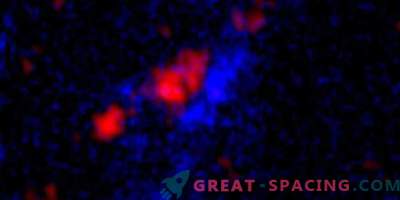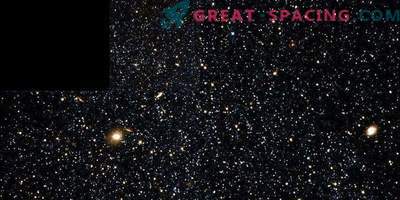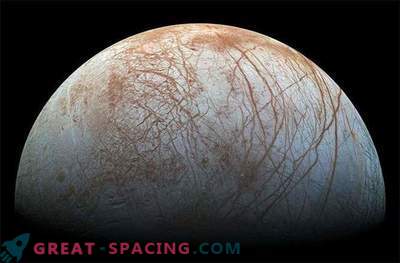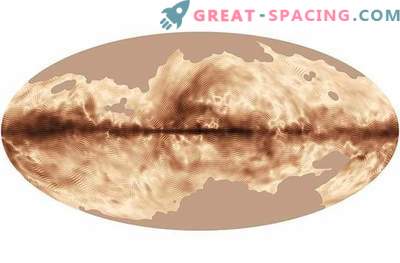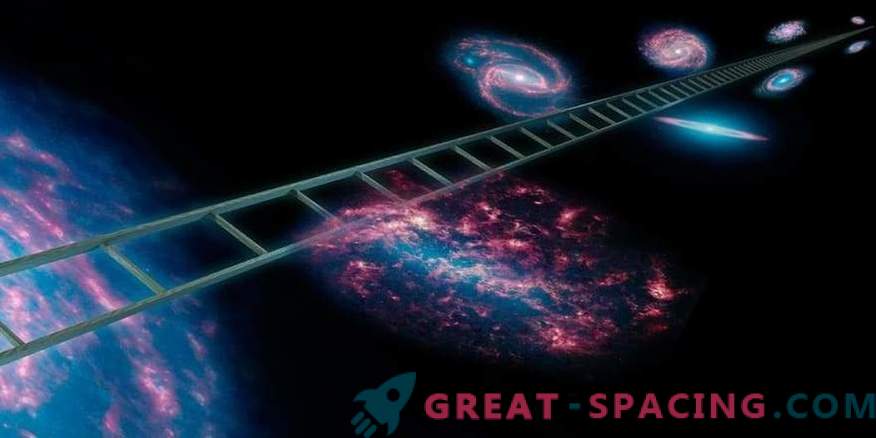
Scientists use the space distance ladder to measure the rate of expansion of the universe. The symbolic ladder displays a series of stars and other objects in galaxies that mark distances. By combining distance readings with the speed at which objects move away from us, you can determine the rate of expansion
This year marks the 90th anniversary of a stunning discovery: the Universe is expanding! The initiator was Edwin Hubble, after whom the space telescope was named. Working as an astronomer at the Mount Wilson Observatory (Los Angeles), Hubble had access to the most advanced equipment at the time. For example, in its location was the 2.5-meter Hooker telescope. It was created in 1917 and remained the largest until 1949.
Since 1919, Hubble has fixed new galaxies, and in 1923 developed a method for measuring distances between a distant galaxy and the Milky Way, including the calculation of the actual brightness of stars in another galaxy. Then he compared these figures with the apparent brightness for an earthly observer.
This work led to an incredible discovery. Edwin Hubble was aware of earlier studies of Vesto Slipher, who realized that he was able to measure how fast the galaxy was moving to or from the Milky Way, looking for changes in the wavelengths of light of an alien galaxy. This measurement is called the Doppler shift. After studying information about the distance to other galaxies and the Doppler shift, Hubble and his colleagues on January 17, 1929 published an article that became a turning point for astronomy. He pointed out that galaxies, it seems, are not just moving away, but also accelerating. In fact, Hubble observed the process of expansion of the universe. This discovery also made it possible to determine the age of the Universe - about 13.7 billion years.
It has been 90 years, and scientists are still trying to understand how expansion works. Last year, with the help of the Hubble Space Telescope, astronomers learned that expansion is faster than they thought. More specifically, 73 km per second per megaparsec (3.3 million light years). Moreover, after a few months, scientists found out that the more remote corners of the Universe are expanding not so fast - 67 km per second per megaparsek. Perhaps the process is influenced by dark energy, dark matter, or some yet unknown force.




